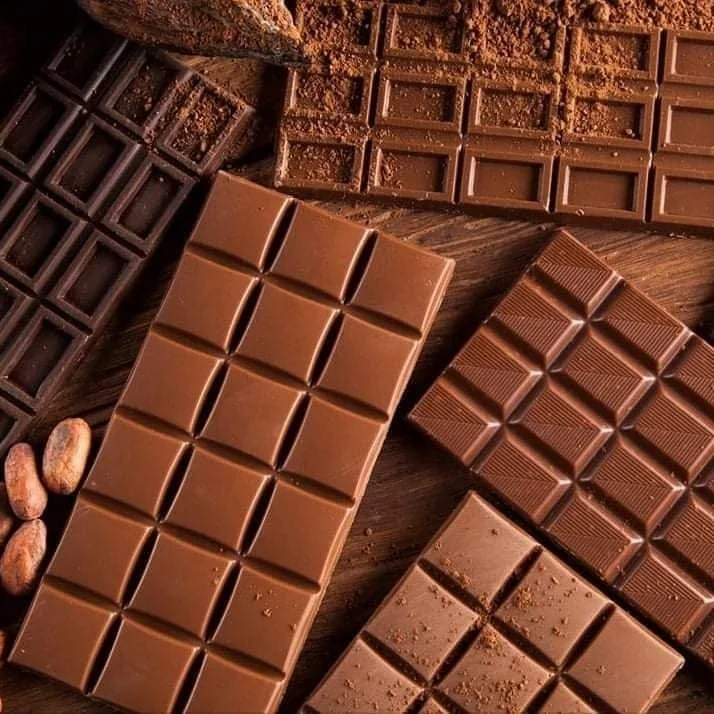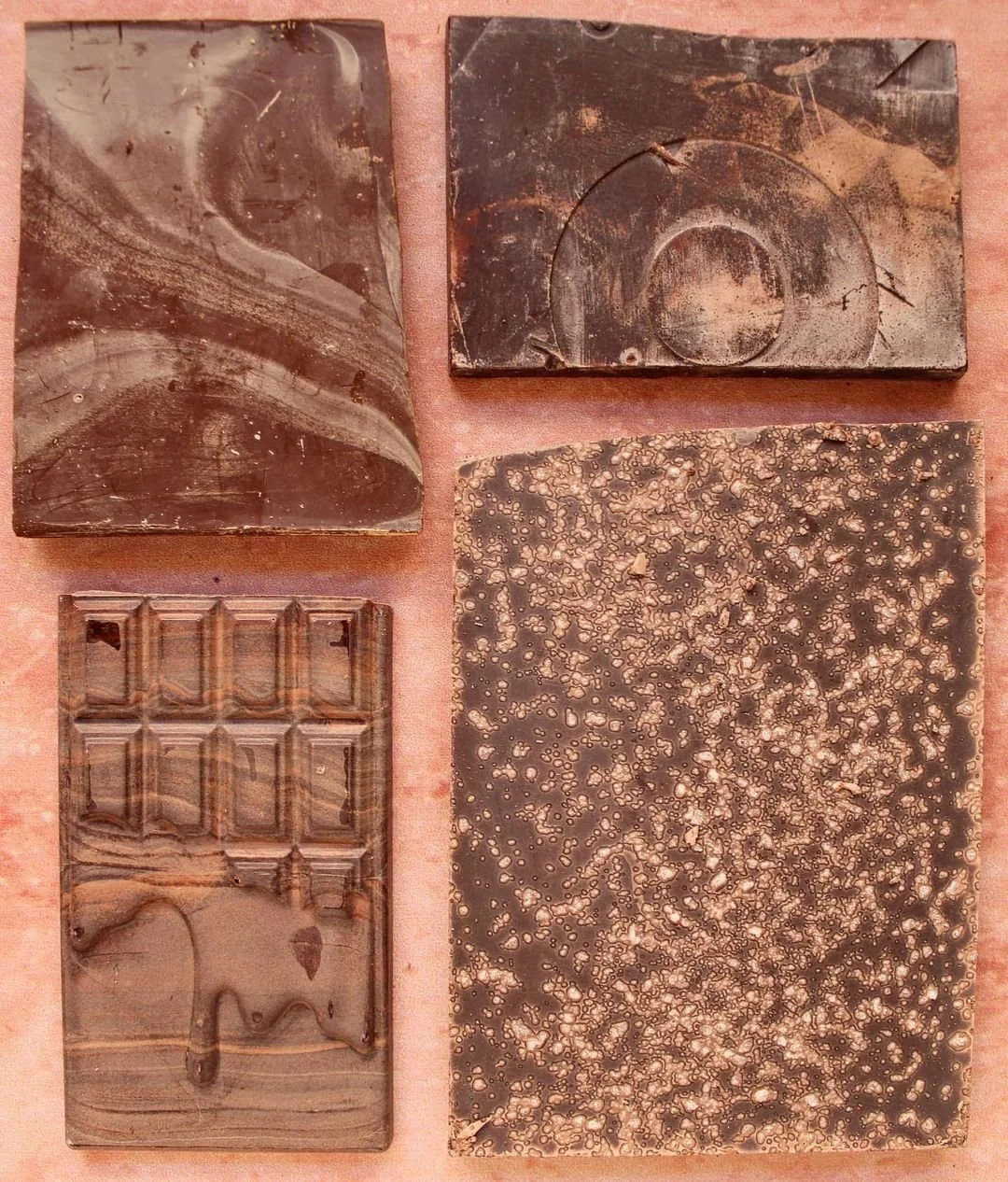The Real Expiration Date Of Chocolate Bars
Making chocolate is a difficult job.
Professionals worry about temperatures and storing conditions all the time. Distribution also gives big headaches, and deliveries can become a nightmare. However, once the product has reached its final destination, there isn't much more to worry about. The chocolate creations will be able to stay on the shelves for several months and simple precautions will be enough to wish them a long life.
Together with chips and pasta, chocolate is among those foods that take a long time to expire. Unfortunately, it doesn't last forever.
When do chocolate bars go bad?
Even though the chances for leftovers are low, chocolate can be forgotten or misplaced. Consumers may find some old bars in their pantries and wonder if the chocolate is still edible. The desire to challenge the expiration date printed on the packaging is strong, but how far is too far?
Depending on the type of chocolate, the integrity of the package and the kind of storage, there are some general indications to follow.
Dark chocolate is known for lasting longer than milk and white chocolate.The absence of dairy content makes it less perishable. If unopened and stored properly, dark chocolate lasts 2 years (from the day it was made). If opened, but still stored properly, the rule of thumb is one year.
As for milk and white chocolate bars, the time available is cut in half. One year if unopened and stored properly, and 6-8 months if opened and stored properly.
Consumers can ask directly to the chocolate maker when the chocolate bar was made, so that the calculation becomes an easy task.
What if the printed expiration date has passed?
Consumers should not take the BEST BEFORE date on the packaging too literally.
Manchester's first bean-to-bar maker Isobel from Dormouse Chocolates has some reassuring news for chocolate lovers.
"We always used 1 year as the guide in the company that I trained with, so I have used that as a starting point for deciding best before dates. I always err on the side of caution, so the best before dates on my bars are probably a lot shorter than other companies.The BEST BEFORE date indicates when the chocolate should be eaten by to experience the best flavour, but with solid bars of chocolate I always see it as a guide rather than something set in stone. I have eaten bars that are well past their best before dates without noticing much drop in flavour.
Chocolate bars last longer than other foods because there is no water activity in them, which means that there is no environment for bacterial growth. Also the amount of cocoa butter in it (good quality!) has a stabilizing effect on the chocolate."
The BEST BEFORE indication tells consumers when the chocolate may start losing its flavor, not when it becomes inedible. As mentioned by Isobel, chocolate makers are very cautious with the best before dates. They'd rather indicate a shorter time-frame than a longer one.
It should also be considered that the best before date is not an expiration date.
Chocolate bars are best eaten as fresh as possible, but they can still be considered edible a few months after the best before date printed on the packaging. Some chocolate professionals also believe that chocolate becomes better as time goes by. Like wine, some new flavors may develop in the chocolate bar with aging.
Chocolate expiration shouldn't be confused with SUGAR and FAT BLOOM though.
In spite of the unappealing look, chocolate with slightly white or brown splotches on its surface it's still edible.
Sugar bloom is usually a uniform white coat on the chocolate. The sugar has crystallized. It can occur when water gets in contact with the chocolate, or the chocolate bar is placed in the refrigerator, or it has spent some time in a place with high humidity.
Fat bloom is a lighter color spots on the chocolate. The cocoa butter has separated from the cocoa mass and has risen to the surface. It can occur when the chocolate was not well-tempered, or has been subjected to temperature fluctuations.
Bloomed chocolate might lose its original texture and flavor, but it's still safe to eat. Not ideal for savoring, it can be used in baking recipes instead. Consumers can compare their bars with pictures of bloomed chocolate on the Internet and cast any doubt.
The best indicators to tell if a chocolate bar has gone bad or not are ODOR and TASTE.
Sniffing the chocolate is the first step. If the nose smells something funky that induces cringing expressions, the chocolate might have gone bad. A taste test to follow casts any doubt. The presence of flavors other than cocoa or any rancid and off tastes are indicators that the chocolate should be discarded.
Just to be safe, chocolate bars are better consumed immediately.
How do you tell if chocolate has gone bad?


